Great Artists
great artists – On this episode of Design Santa Barbara we are going to profile some of the greatest artist of all time. For instance Pablo Picasso, Claude Monet, and Vincent Van Gogh. All very talented artist who once lived to create extraordinary art work.
Pablo Picasso
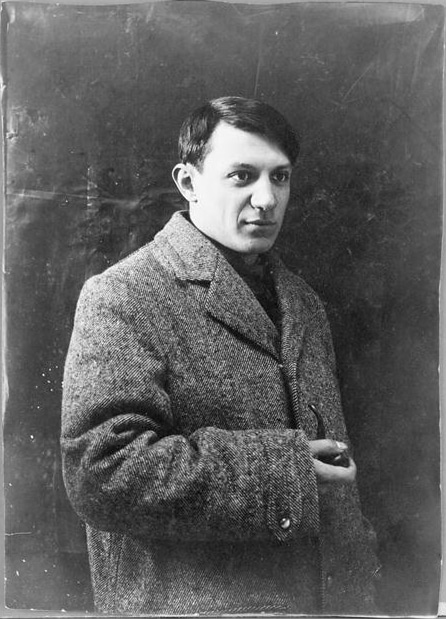
One for example, Pablo Picasso was a Spanish painter. As well as a sculptor, print maker, ceramicist, stage designer, poet and playwright who spent most of his adult life in France. Regarded as one of the most influential artists of the 20th century. He is known for co-founding the Cubist movement. Furthermore, the invention of constructed sculpture, the co-invention of collage, and for the wide variety of styles that he helped develop and explore.
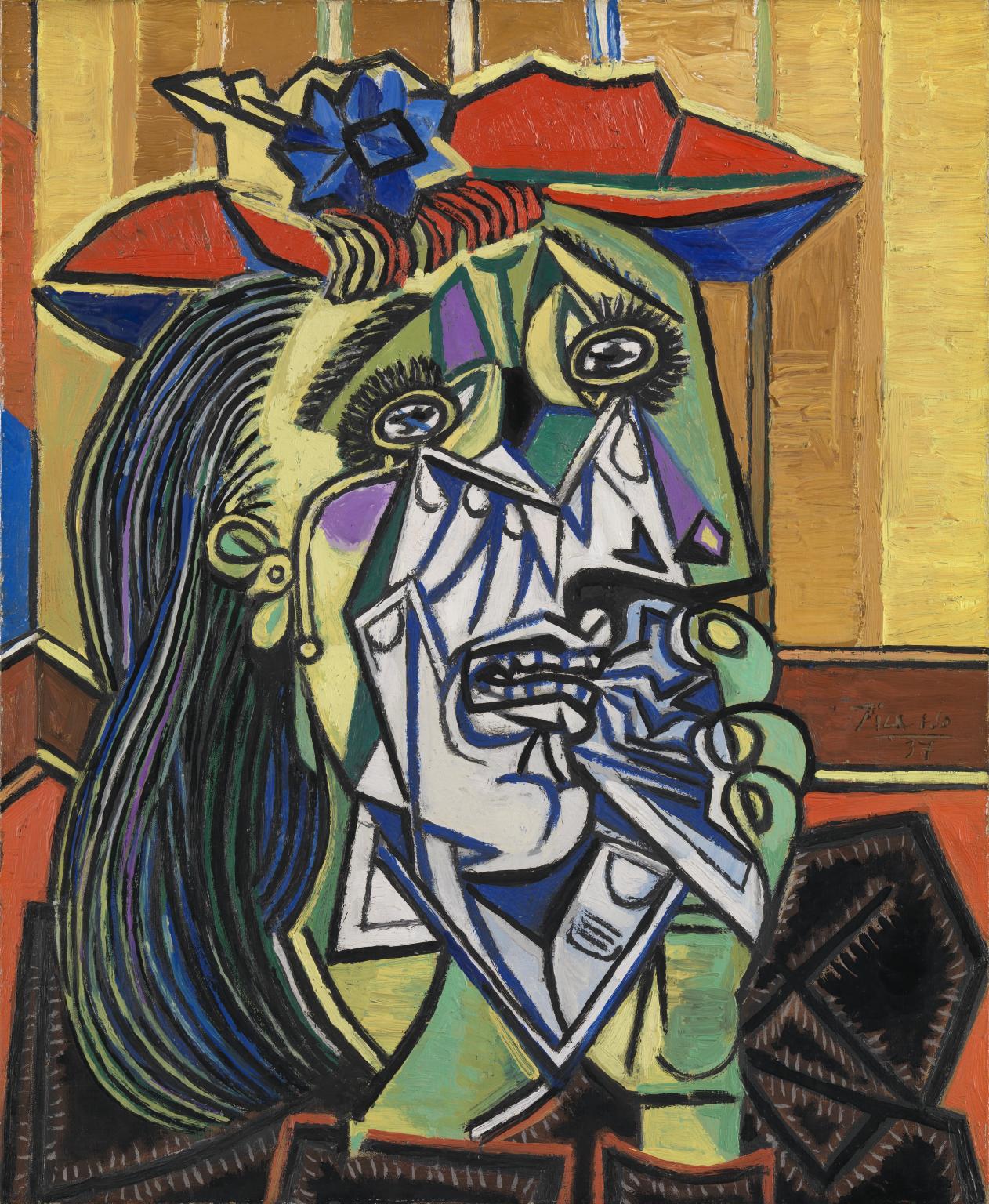
Picasso demonstrated extraordinary artistic talent in his early years. Painting in a naturalistic manner through his childhood and adolescence. Furthermore, During the first decade of the 20th century. His style changed as he experimented with different theories, techniques, and ideas.
Vincent van Gogh
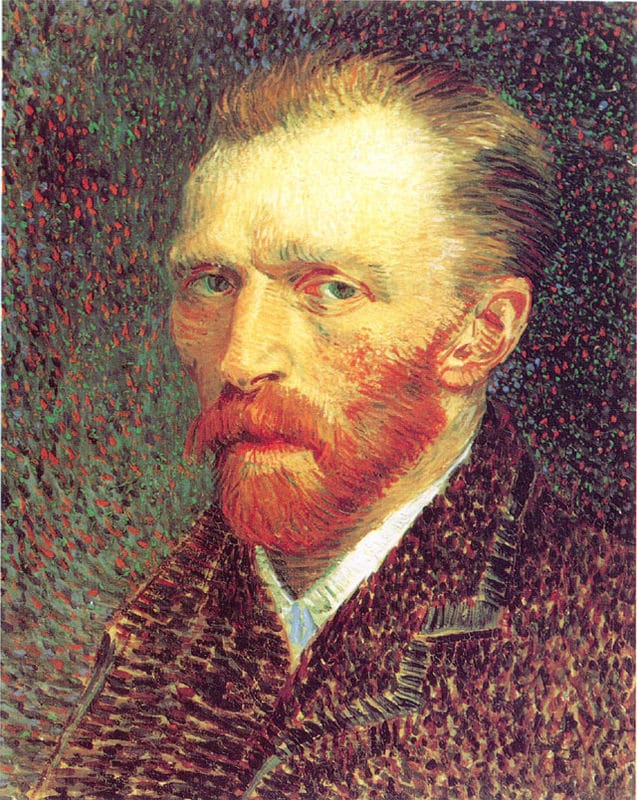
Vincent Willem van Gogh is another example of great artists who was a Dutch Post-Impressionist painter. Who is among the most famous and influential figures in the history of Western art. Born into an upper-middle-class family, Van Gogh drew as a child and was serious, quiet and thoughtful. turned to religion, and spent time as a Protestant missionary in southern Belgium. He drifted in ill health and solitude before taking up painting in 1881, having moved back home with his parents.
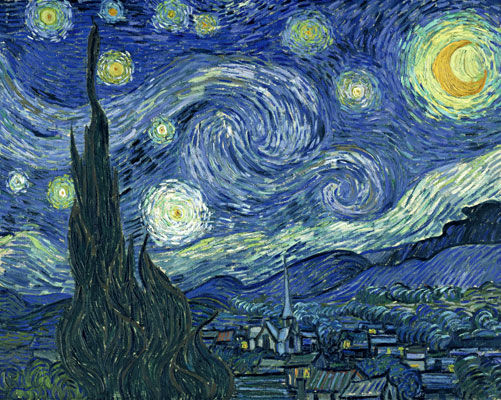
In just over a decade he created about 2,100 artworks, including around 860 oil paintings, most of them in the last two years of his life. They include landscapes, still life’s portraits and self-portraits, and are characterised by bold colours and dramatic, impulsive and expressive brushwork that contributed to the foundations of modern art.
Claude Monet
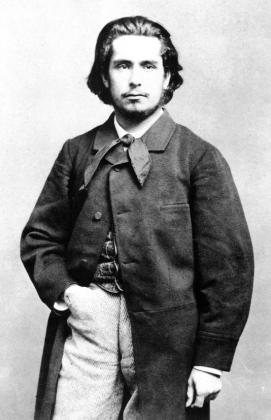
Oscar-Claude Monet was a founder of French Impressionist painting, and the most consistent and prolific practitioner of the movement’s philosophy of expressing one’s perceptions before nature, especially as applied to plein-air landscape painting. The term “Impressionism” is derived from the title of his painting Impression, soleil levant (Impression, Sunrise), which was exhibited in 1874 in the first of the independent exhibitions mounted by Monet and his associates as an alternative to the Salon de Paris.
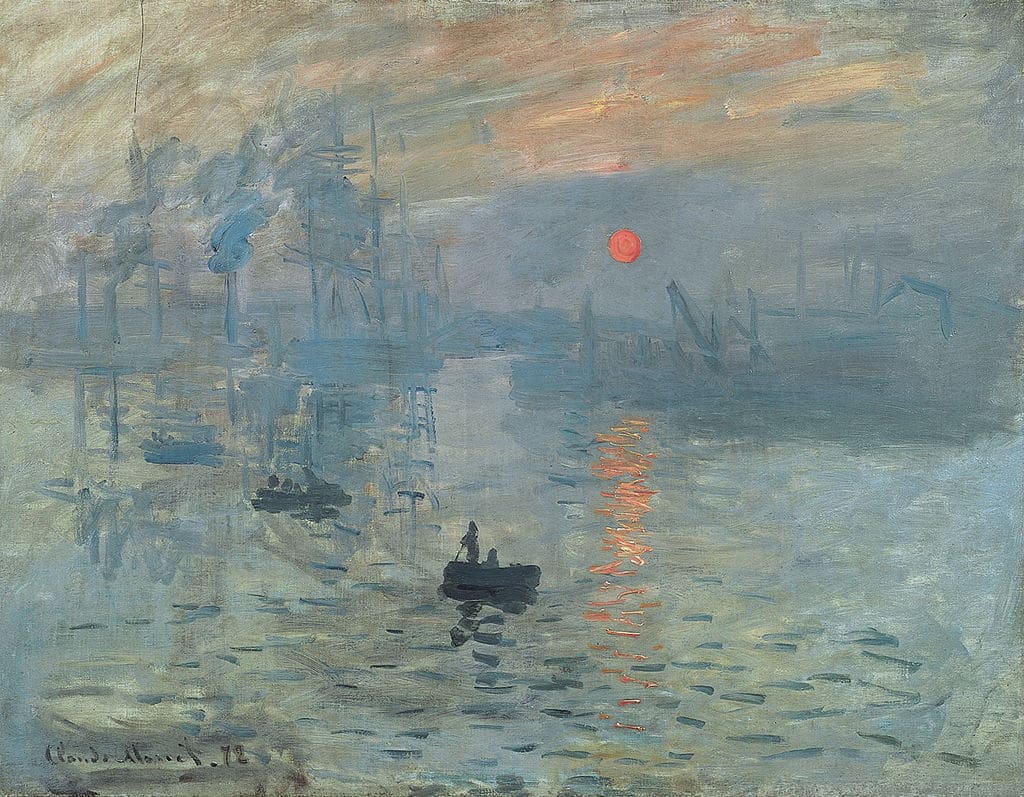
In 1899 he began painting the water lilies, first in vertical views with a Japanese bridge as a central feature. Later in the series of large-scale paintings that was to occupy him continuously for the next 20 years of his life. Having brought his paints and other tools with him. he would instead go and sit by a window and paint what he saw

